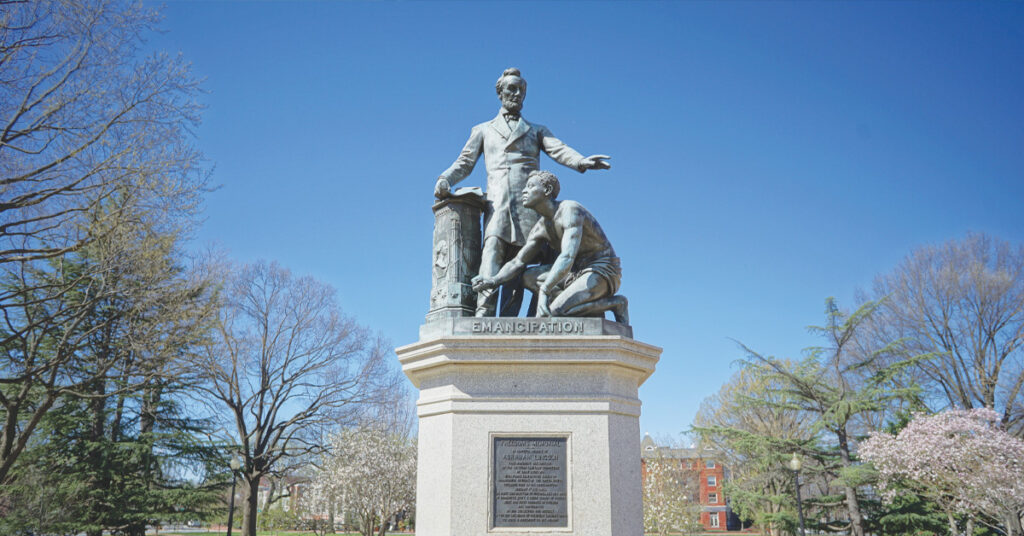Juneteenth marks June 19, 1865, when Union General Gordon Granger arrived in Galveston to announce the end of slavery, more than two years after President Lincoln’s Emancipation Proclamation.
Texas was the first state to celebrate Juneteenth — in 1866 — and the first to make it an official holiday in 1980.
The Juneteenth flag, created in 1997 by activist Ben Haith, features a star, representing Texas, and a burst, symbolizing a new beginning for African Americans.
The first Juneteenth celebrations included prayer meetings, singing of spirituals, and wearing new clothes to symbolize newfound freedom. Barbecues and festive meals were also a significant part of early celebrations.
Red foods and drinks, like strawberry soda and red velvet cake, are commonly consumed on Juneteenth. Red symbolizes the bloodshed of enslaved ancestors and resilience.
Efforts to make Juneteenth a national holiday began in the late 20th century, with advocates like Opal Lee, often called the “Grandmother of Juneteenth,” who walked across the country to raise awareness.
The National Juneteenth Museum is being developed in Fort Worth, Texas, with plans to open in 2025. It will serve as a cultural and educational hub dedicated to the history and legacy of Juneteenth.
Juneteenth was originally referred to as “Jubilee Day” by the freedmen and women who first celebrated it in Texas.
In 1872, a group of former slaves in Houston, Texas, pooled $800 to purchase ten acres of land to create Emancipation Park, specifically for Juneteenth celebrations. It remains a significant landmark in Houston today.

In the early 20th century, baseball games were a common part of Juneteenth celebrations, with local teams often playing each other and attracting large crowds.
The first known newspaper to cover Juneteenth celebrations was the “Galveston Daily News,” which reported on the festivities in 1866, marking the importance of the event in Texas.
